Twenty years ago, inside a maternity ward at Sutter Maternity Center in Santa Cruz, California, Philippe Kahn’s Toshiba laptop computer sat on a desk alongside a C-section operating table where his wife was going to deliver their baby. Kahn, a French software engineer, also had a Motorola flip phone and a Casio digital camera stacked in his bag. He was nervous as he hadn’t been able to build the prototype he desired. He couldn’t find a way to connect the three things: camera, laptop, and web server. But while his wife, Sonia Lee, spent 18 hours in labor, she gave him an idea. The idea changed the photographic scene of the world forever. That day, on June 11, 1997, Kahn witnessed two births – one of his daughter Sophie and the other of the “world’s first camera phone,” a revolutionary beginning of instant photography, reported IEEE Spectrum.
Kahn had been working on his web-based photo technology for over a year. He called this technology by the name “Picture Mail.” The concept of Picture Mail was akin to what is today known as “sharing.” Users who wanted to share a picture and text with their friends and family were required to upload the picture on this web-based server. After the picture is uploaded, the server automatically creates a link to it on the web and sends it to all the people in the list through email alerts. The technology worked like a digital update system, quite similar to the social media notifications people receive today on platforms like X, Instagram, and Facebook.
But that day, as his wife got into labor, Kahn was running short on time. He hadn’t been able to complete this technology’s prototype. He couldn’t find a way to connect his laptop to the camera. But then his wife said something about a “cable” and “soldering iron.” That’s when Kahn’s engineering brain fathomed a trick. Excited, he rushed to the hospital’s parking and ripped up his car’s speakerphone. Using its cable, he connected the camera to the laptop which was further connected to a computer server that sat in his home’s kitchen a few miles away.
As a nurse transferred his newborn daughter into his arms, he instantly snapped a picture of the lovely face by holding the camera in his other hand. In another moment, the picture was uploaded to the server and over 2,000 people received email alerts with the link to Sophie’s photo. Owing to no Wi-Fi and low internet connectivity, the picture’s resolution was limited to 320x240 pixels. The resolution was limited, but not the emotion. “I'm holding the baby in my left hand and the camera in the other. It changed society and the way people evolve," Kahn said in a film by Conscious Minds, shared by National Geographic.
Kahn said that his instant photo-sharing technology worked like “Point, Shoot, Share Instantly!” As his family and friends received the email alerts, they were enchanted by both the baby’s picture as well as by Kahn’s innovative photosystem. However, Kahn confessed that if it wasn’t for the last-minute rush, he wouldn’t have been able to accomplish this feat with his jerry-rigged system. “It’s always the case that if it weren’t for the last minute, nothing would ever get done,” Kahn told IEEE Spectrum. Call it a new dad’s love that inspired him to do something.
Also, Kahn didn’t credit himself for inventing this instant-photo-sharing technology. He told IEEE Spectrum that other people had put photo sensors in their phones previously. Yet, it was indeed the first time when a photo was shared with hundreds of people in an instant after it got snapped. After this remarkable moment, Kahn kept working on improving and assembling his prototype. “After the baby,” he told IEEE Spectrum, “I spent the next month integrating the design, using a microcontroller, a CMOS sensor, and a phone.” In early 1998, he founded a company around the technology, Lightsurf, and is currently the holder of 235+ issued patents. He also took his project to companies like Kodak, Docomo, and Polaroid who were working on similar wireless camera products.
In 2016, Time magazine named his iconic 1997 photo of Sophie, one of the 100 most influential photos of all time. Looking back, Kahn always had the belief that his camera phone technology was going to change the way people documented the world around them. “There’s going to be a profound impact of instant imagery and sharing imagery that is going to change society and the way people evolve,” he said in the film. Nowadays, little do people know that the backstory of all their selfies and instant Instagram reels is held in a heartwarming moment when a dad held his newborn daughter for the first time.
This article originally appeared last year.


















 Pictured: The newspaper ad announcing Taco Bell's purchase of the Liberty Bell.Photo credit: @lateralus1665
Pictured: The newspaper ad announcing Taco Bell's purchase of the Liberty Bell.Photo credit: @lateralus1665 One of the later announcements of the fake "Washing of the Lions" events.Photo credit: Wikimedia Commons
One of the later announcements of the fake "Washing of the Lions" events.Photo credit: Wikimedia Commons This prank went a little too far...Photo credit: Canva
This prank went a little too far...Photo credit: Canva The smoky prank that was confused for an actual volcanic eruption.Photo credit: Harold Wahlman
The smoky prank that was confused for an actual volcanic eruption.Photo credit: Harold Wahlman
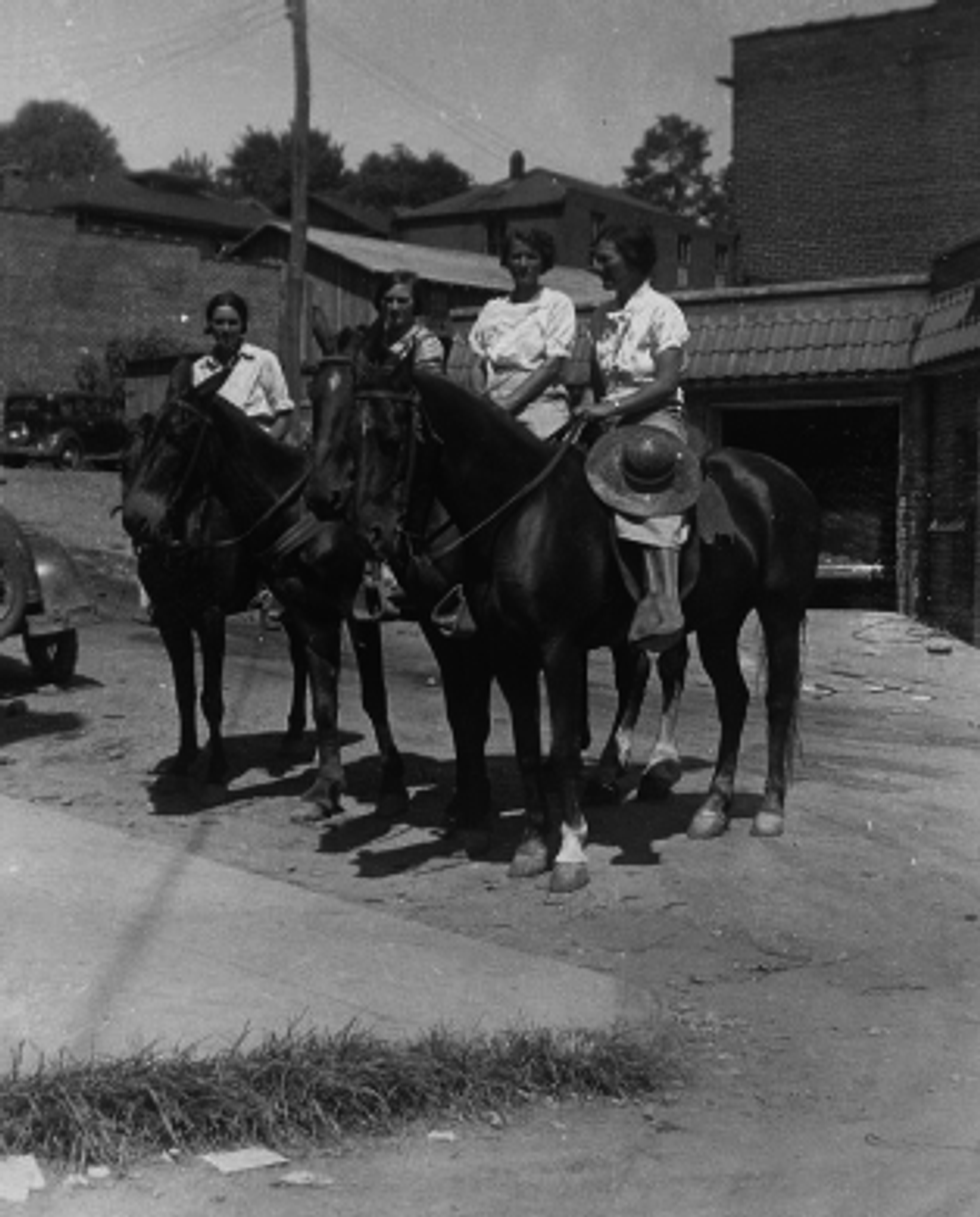 Packhorse librarians ready to start delivering books.
Packhorse librarians ready to start delivering books.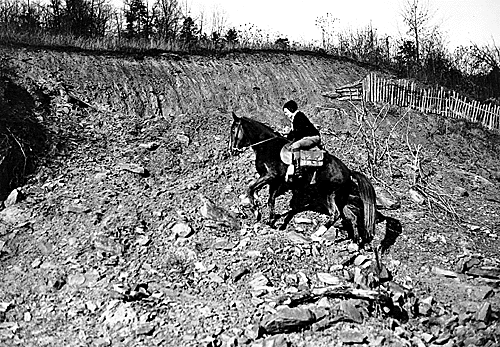 Pack Horse Library Project - Wikipedia
Pack Horse Library Project - Wikipedia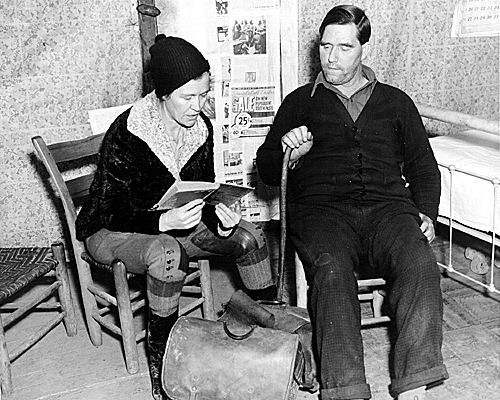 Packhorse librarian reading to a man.
Packhorse librarian reading to a man.
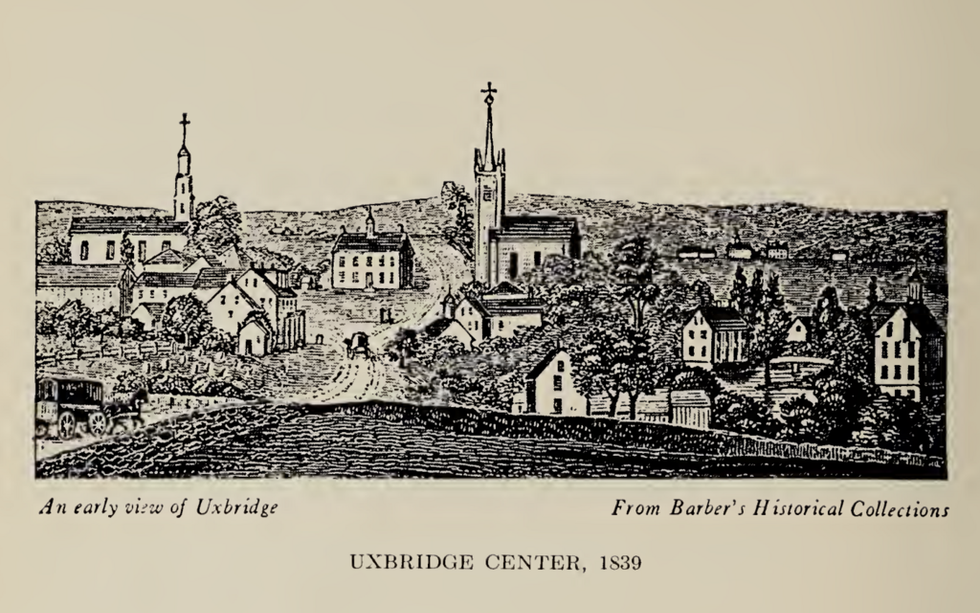 Fichier:Uxbridge Center, 1839.png — Wikipédia
Fichier:Uxbridge Center, 1839.png — Wikipédia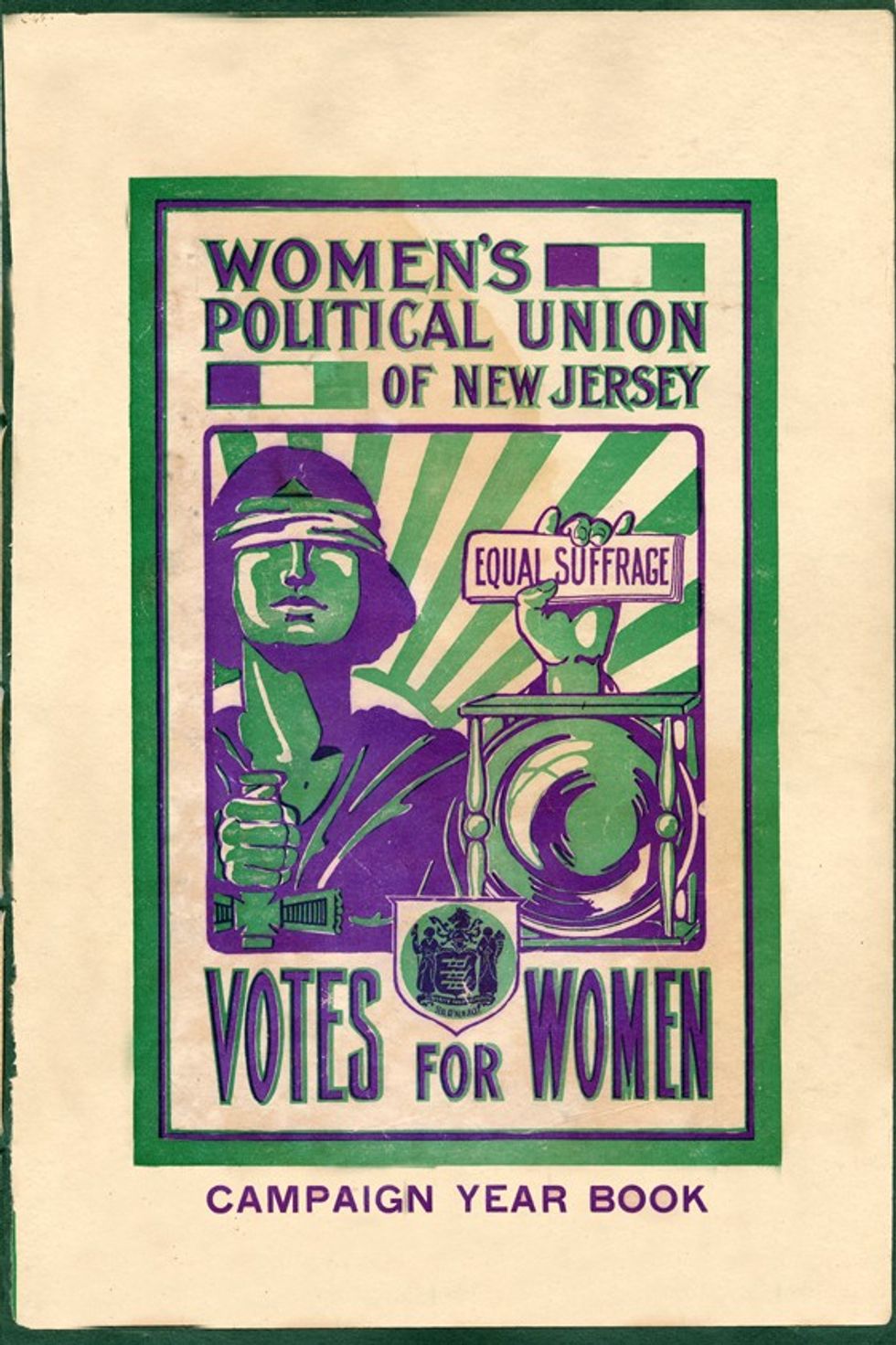 File:Women's Political Union of New Jersey.jpg - Wikimedia Commons
File:Women's Political Union of New Jersey.jpg - Wikimedia Commons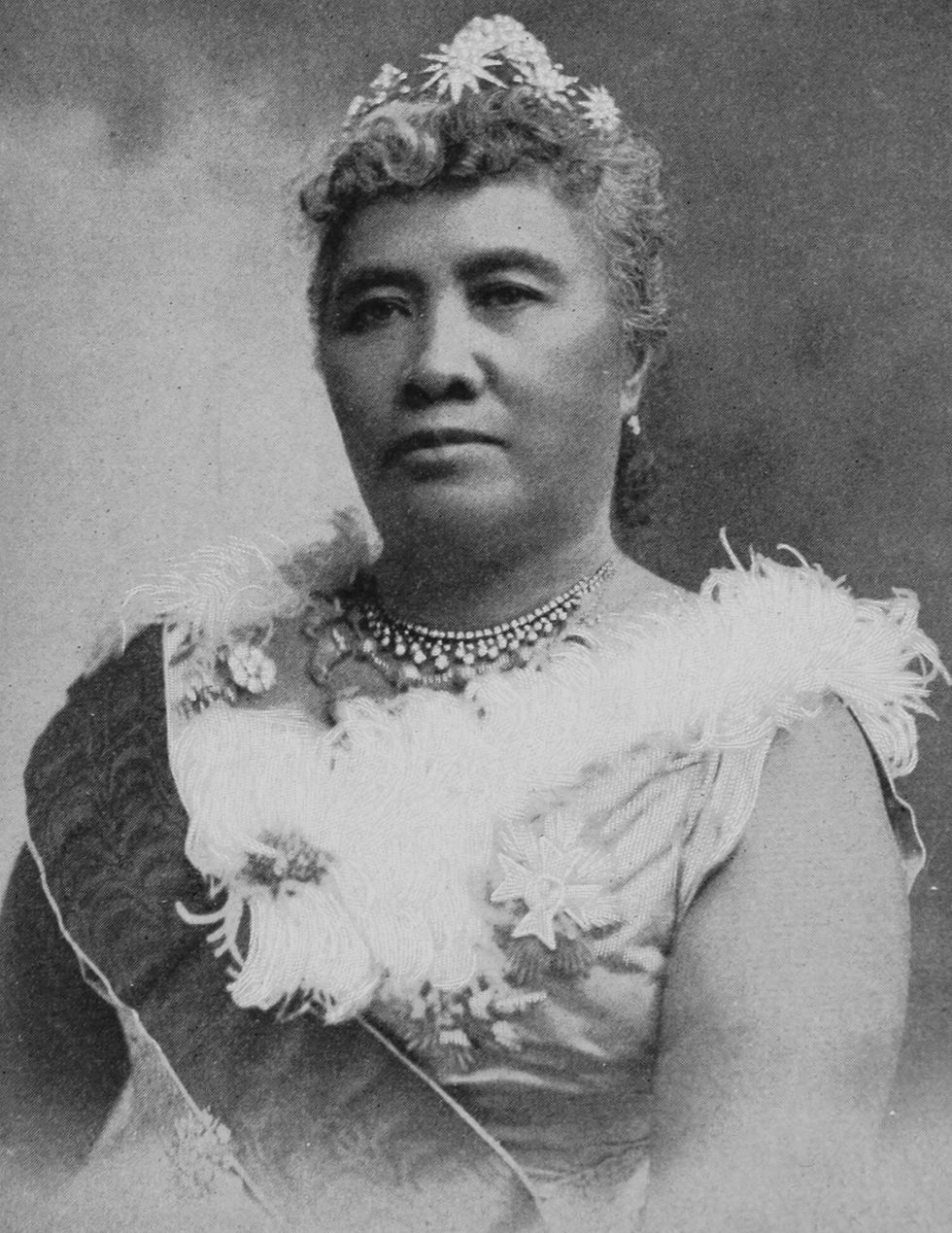 File:Liliuokalani, photograph by Prince, of Washington (cropped ...
File:Liliuokalani, photograph by Prince, of Washington (cropped ...
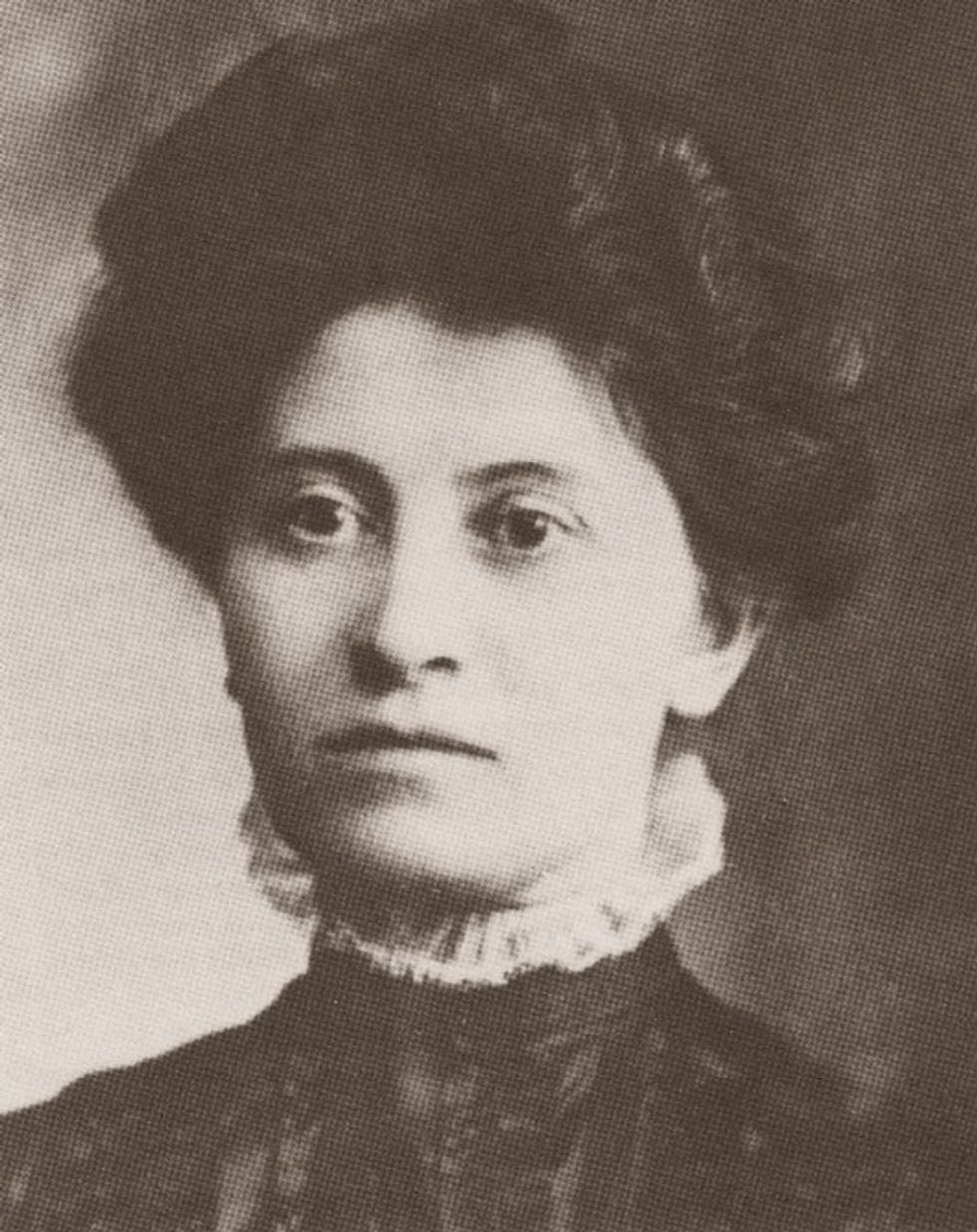 Theresa Malkiel
commons.wikimedia.org
Theresa Malkiel
commons.wikimedia.org
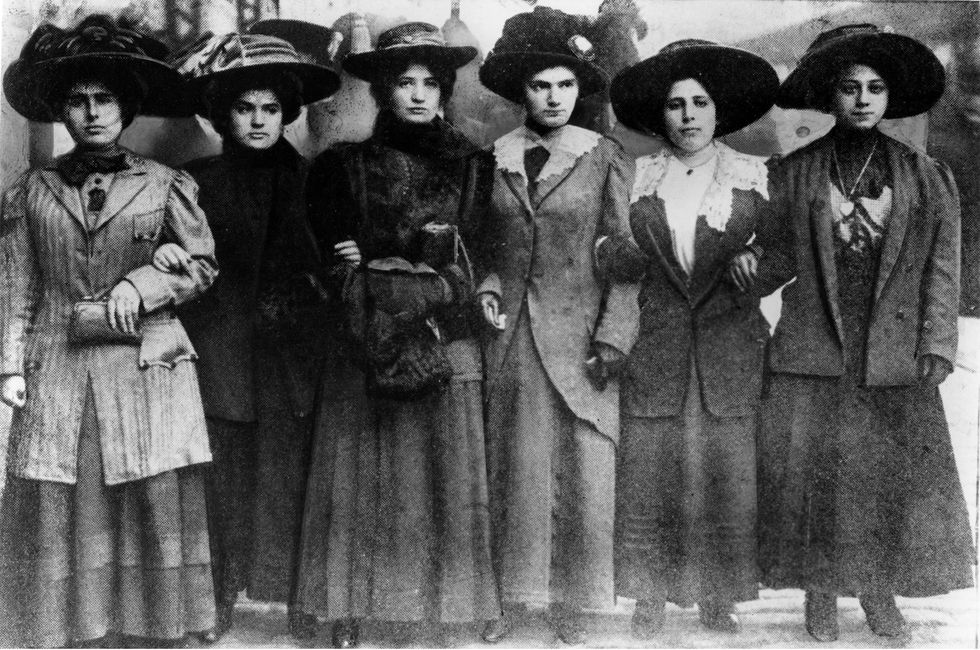 Six Shirtwaist Strike women in 1909
Six Shirtwaist Strike women in 1909
 U.S. First Lady Jackie Kennedy arriving in Palm Beach | Flickr
U.S. First Lady Jackie Kennedy arriving in Palm Beach | Flickr
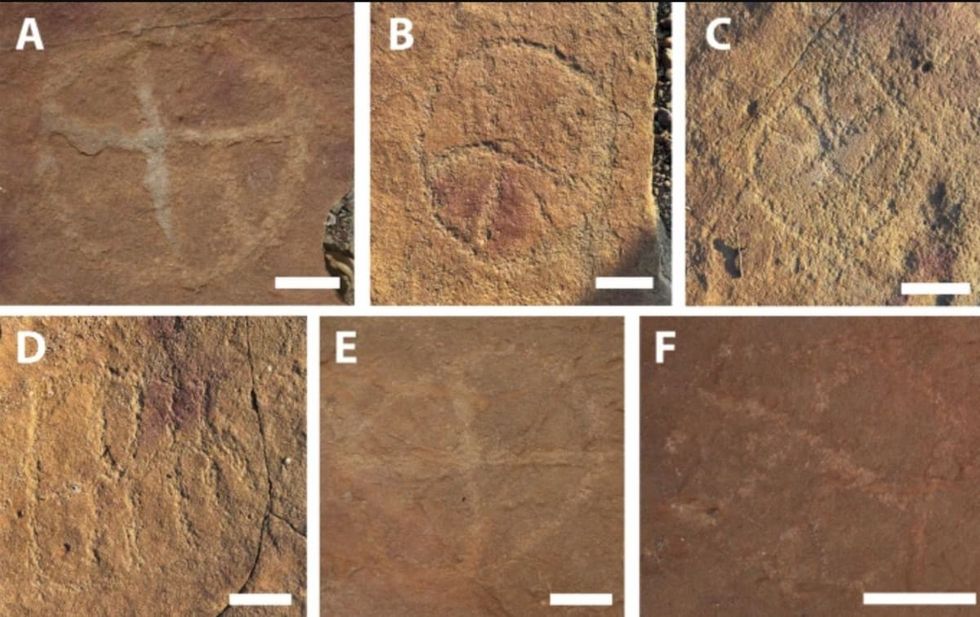 Image Source:
Image Source: 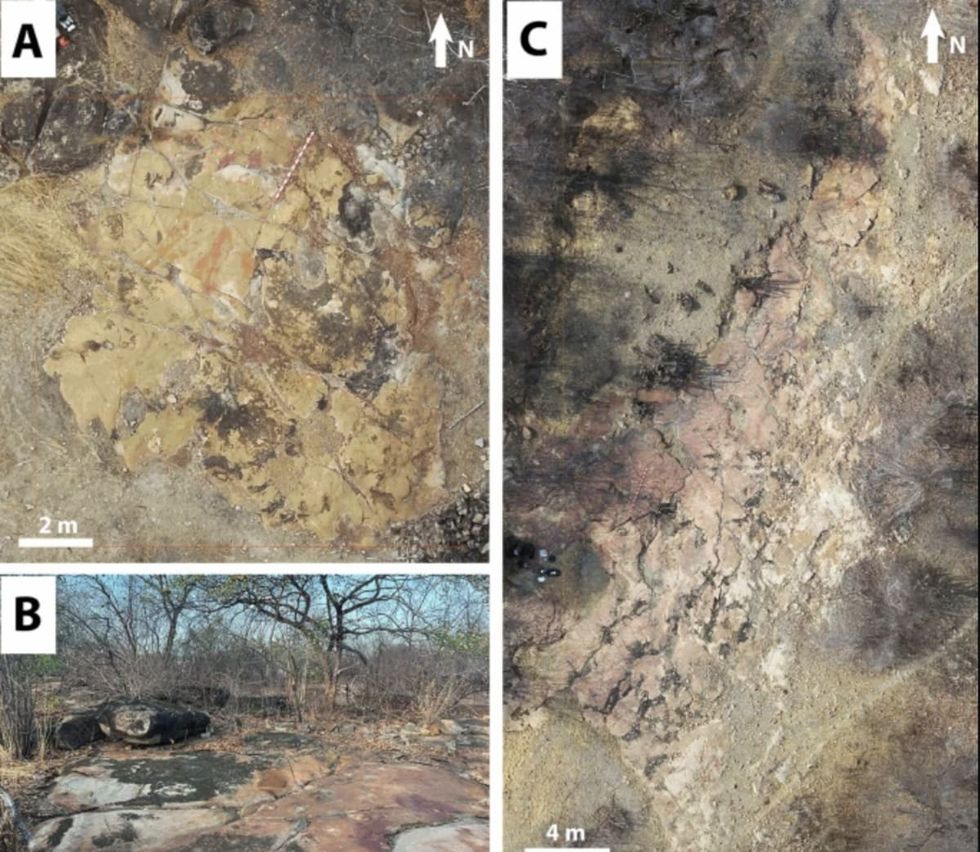 Image Source:
Image Source: 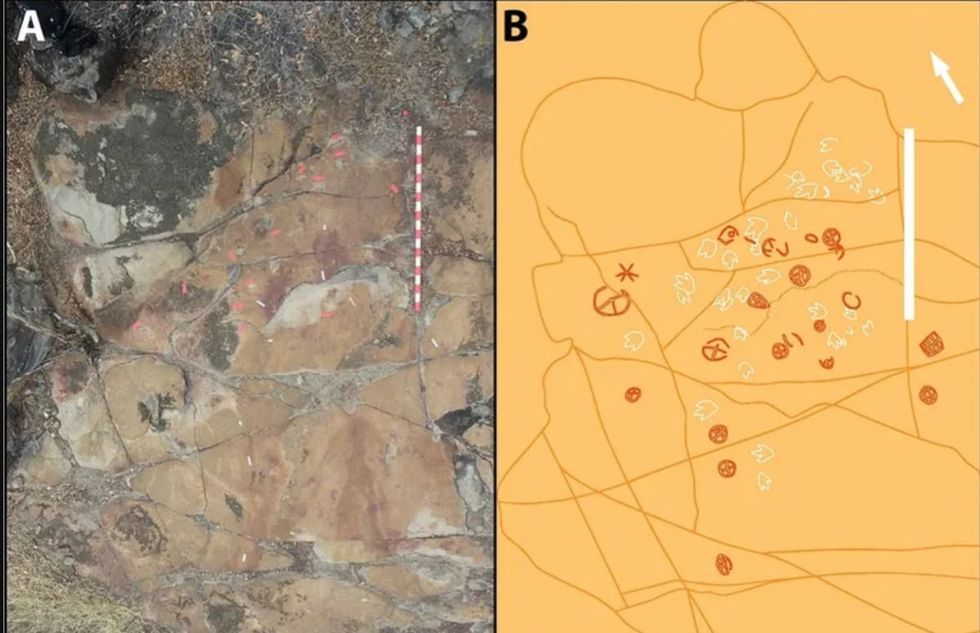 Image Source:
Image Source: 